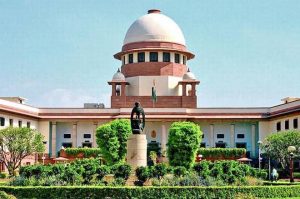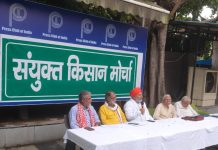 The Supreme Court in a judgment delivered on February 28, 2019 has held that the allowances were essentially a part of the basic wage camouflaged as part of an allowance so as to avoid deduction and contribution accordingly to the provident fund account of the employees.
The Supreme Court in a judgment delivered on February 28, 2019 has held that the allowances were essentially a part of the basic wage camouflaged as part of an allowance so as to avoid deduction and contribution accordingly to the provident fund account of the employees.
Essentially, it means that the PF contribution will be on the total amount including all the allowances paid to an employee and not just on the basic salary. In an order that the amount goes beyond the ‘basic wages’ for the purposes of the Employees’ Provident Fund and Miscellaneous Provisions Act, 1952, it has to be shown by the employer that the workman concerned had become eligible to get this extra amount.
The bench comprising Justice Arun Mishra and Justice Navin Sinha was considering a batch of appeals in which the issue was whether the special allowances paid by an establishment to its employees would fall within the expression “basic wages” under Section 2(b)(ii) read with Section 6 of the Act for computation of deduction towards Employees’ Provident Fund.
Referring to the provisions of the Act, the bench observed that no material has been placed by the establishments to demonstrate that the allowances in question being paid to its employees were linked to any incentive for production resulting in greater output by an employee.
With the Supreme Court judgment on PF contributions may have substantial impact on provident fund contribution and employer’s share in it. The employees are supposed to contribute the mandatory 12 per cent of their Basic Salary or Wage towards their PF. The other emoluments are shown as different allowances such as house rent allowance, special allowance etc. The Supreme Court has ruled that the allowances in question were essentially a part of the basic wage camouflaged as part of an allowance so as to avoid deduction and contribution accordingly to the provident fund account of the employees. It means that the PF contribution will be on the total amount including all the allowances paid to an employee and not just on the basic salary.
The Supreme Court judgment reads that “No material has been placed by the establishments to demonstrate that the allowances in question being paid to its employees were either variable or were linked to any incentive for production resulting in greater output by an employee.” The Court also felt that “In order that the amount goes beyond the basic wages, it has to be shown that the workman concerned had become eligible to get this extra amount beyond the normal work which he was otherwise required to put in.”












